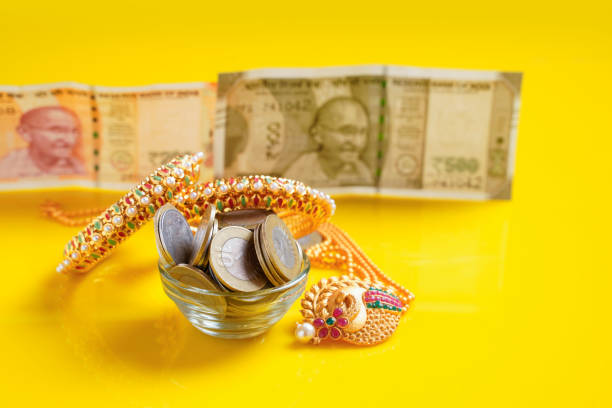
The Indian rupee depreciated toward its record low of 84 per USD in August despite a weak dollar, as markets continued to assess the RBI’s defense against exchange rate volatility and their outlook on monetary policy. The Indian central bank is expected to have refrained from strengthening the rupee to prevent the local currency from gaining on key Asian foreign exchange, supporting the competitiveness of Indian goods in export markets. This drove the rupee to fall to record lows despite the recent surges in the yen and yuan, as a hike from the BoJ and expected cuts from the Fed drove funds to unwind Asian currency carry trades. In the meantime, the latest inflation showed that Indian price growth fell to a near five-year low in July. Still, the drop was largely due to base effects and was expected by the RBI, with the central bank expecting inflation to linger higher in the upcoming months.
Gold gained traction through afternoon trade and rebounded to above $2,500 per ounce on Friday, not far from the record-highs that were repeatedly broken this week as confirmation of a dovish Fed raised demand for non-interest-bearing bullion assets. During the Fed’s Jackson Hole Economic Symposium, Chairman Jerome Powell delivered clear signals that the central bank is due to lower interest rates and adjust to a weaker labor market and slowing inflation. The rhetoric reflected a degree of urgency in a dovish response from the FOMC, driving markets to increase their positions of a 50bps cut in the Fed’s upcoming September decision. Traders continued to price 100bps in rate cuts throughout the central bank’s remaining three meetings this year, supporting bullion assets as lower borrowing costs reduce the opportunity cost of holding assets without coupon payments.